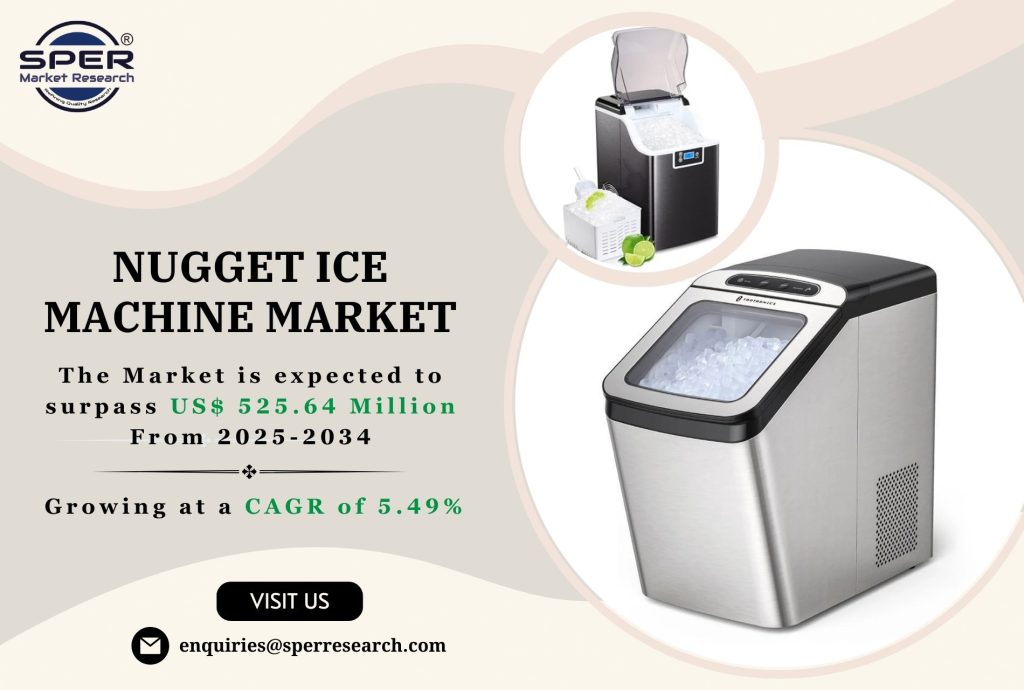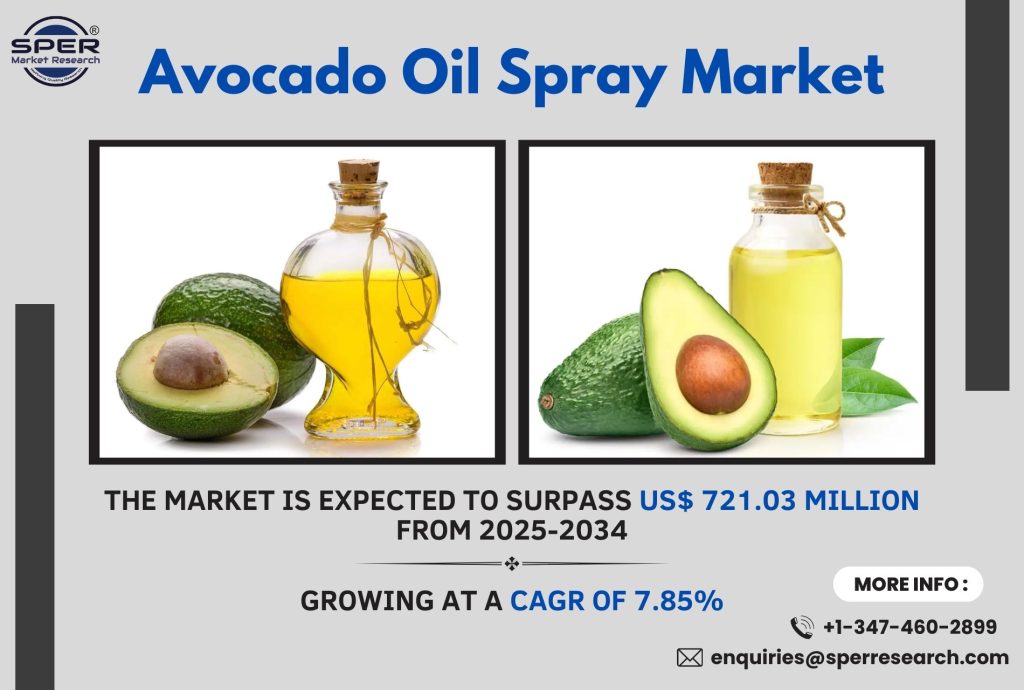Apricot oil is a versatile oil extracted from apricot kernels, rich in essential fatty acids, vitamins A, C, and E, and antioxidants. Known for its moisturizing, anti-inflammatory, and anti-aging properties, it is widely used in skincare, haircare, and wellness products. In skincare, apricot oil hydrates, softens, and nourishes the skin, making it suitable for sensitive areas like around the eyes. In haircare, it enhances texture, adds shine, and moisturizes the scalp. It also has applications in the food industry, being used in cooking and gourmet products. Additionally, apricot oil is popular in aromatherapy and massage therapy due to its calming effects. As demand for natural products grows, apricot oil’s popularity in various sectors continues to rise.
According to SPER market research, ‘Global Apricot Oil Market Size- By Application, By Distribution Channel – Regional Outlook, Competitive Strategies and Segment Forecast to 2034’ state that the Global Apricot Oil Market is predicted to reach 3725.01 million by 2034 with a CAGR of 6.16%.
Drivers:
The apricot oil market is driven by several key factors. Growing consumer demand for natural and organic products in personal care and wellness is a primary driver. Apricot oil, rich in essential fatty acids, vitamins A and E, and antioxidants, is highly sought after for its moisturizing, anti-aging, and soothing properties. The increasing popularity of natural skincare products, along with a shift away from synthetic ingredients, boosts its use in cosmetics and hair care. Additionally, the rise of wellness trends and the use of apricot oil in aromatherapy and massage contribute to its growing demand. The expansion of the gourmet and specialty food market also drives the consumption of apricot oil, as it is used in culinary applications. These factors combined are propelling the market’s growth.
Request a Free Sample Report: https://www.sperresearch.com/report-store/apricot-oil-market.aspx?sample=1
Restraints:
The apricot oil market faces several restraints despite growing demand. Competition from substitute oils like almond, jojoba, and coconut oil limits market share. Regulatory concerns, especially regarding product purity and safety, add to production complexities. Limited availability and high production costs arise from dependence on apricot cultivation, which is affected by climate and seasonal variations. Supply chain disruptions, including transportation issues and trade restrictions, further impact market stability. Additionally, limited consumer awareness and marketing challenges hinder widespread adoption. The oil’s short shelf life and storage issues further complicate inventory management. Overcoming these challenges requires improved cultivation, better supply chain management, stronger marketing strategies, and enhanced quality control measures to ensure sustainable market growth.
The apricot oil market is dominated by North America due to high consumer demand for natural, organic products in personal care and wellness industries. Rising awareness of skincare benefits, the growing trend for sustainable and chemical-free products, and the region’s established beauty and wellness market contribute to this dominance. Some significant market players are AMD Oil Sales LLC, Aura Cacia, Forest Essentials, Frontier Natural Products Co-op, Greenwood Essencial, Hobe Labs, and others.
For More Information, refer to below link: –
Related Reports:
Follow Us –
LinkedIn | Instagram | Facebook | Twitter
Contact Us:
Sara Lopes, Business Consultant — USA
SPER Market Research
enquiries@sperresearch.com
+1–347–460–2899









